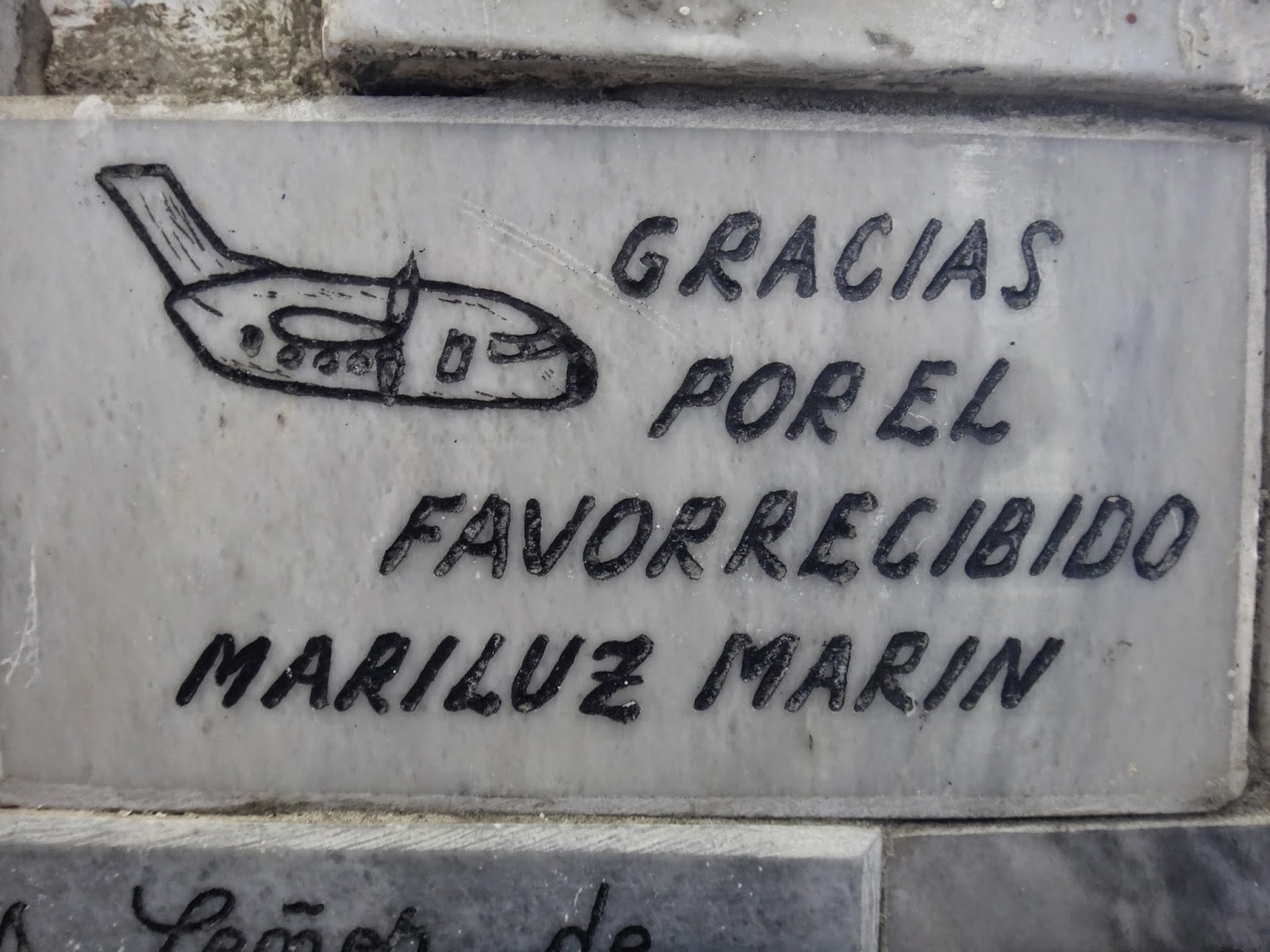So I went to Bogota. April 2014. I was there for two reasons: to attend
a meeting of the International Society of the Performing Arts (ISPA), and to
see shows at the largest curated theatre festival on earth: The Festival Iberoamericano de Teatro de Bogota.
What I came away with was an entirely new way of looking at Colombia, and at the possibilities of theatre. It was a good trip. Here are some of the highlights:
Simon Bolivar Plaza, Bogota
La Candelaria District
Around 8 million people live in Bogota. In the 80s and 90s
it was a shockingly violent and extremely dangerous place. Now it is one of the
safest, most functional cities in South America. It is high up – almost 3
thousand metres above sea level (I had altitude sickness for the first two
days). It is bordered on its eastern edge by green mountains visible from
everywhere in the city. Its city centre is full of beguiling narrow streets, lush
smells and Spanish colonial architecture. The city sprawls south and west into
poorer districts, and north into wealth. There are a plethora of tiny cafes and
restos and astonishing food in the centre. The city is full of theatres – large
and small. It is the capital of a diverse country with two coasts (Pacific and
Caribbean), and many peoples who trace roots to many places: European, African
and Indigenous, the latter cohort containing 64 different Native languages. The
famous violence and the famous drug trade are not gone, but certainly now
less-obvious to the tourist. Much of the art-making I heard about contends with
these issues of diversity, history and violence. Art makers are very aware of memory, and how art plays a role in constructing and interpreting memory.
Traffic in North Bogota
A Giving of Thanks at the Monseratte Monestary above Bogota
Teatro Jorge Eliecer Gaitan, downtown Bogota
Monseratte Monestary









No comments:
Post a Comment